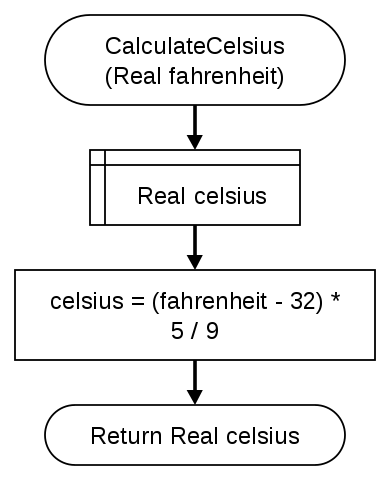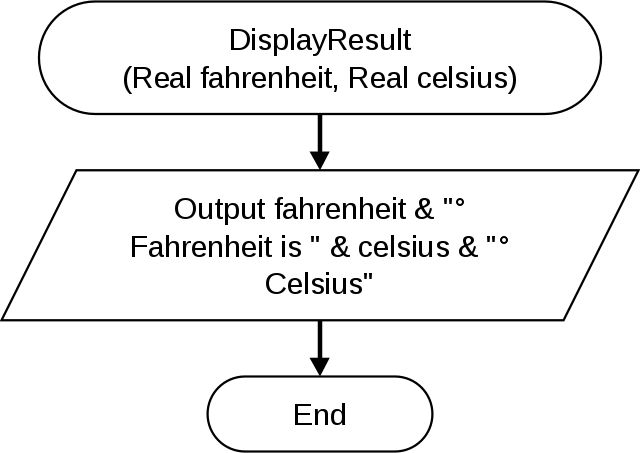3.3: Function Examples
- Page ID
- 10639
\( \newcommand{\vecs}[1]{\overset { \scriptstyle \rightharpoonup} {\mathbf{#1}} } \) \( \newcommand{\vecd}[1]{\overset{-\!-\!\rightharpoonup}{\vphantom{a}\smash {#1}}} \)\(\newcommand{\id}{\mathrm{id}}\) \( \newcommand{\Span}{\mathrm{span}}\) \( \newcommand{\kernel}{\mathrm{null}\,}\) \( \newcommand{\range}{\mathrm{range}\,}\) \( \newcommand{\RealPart}{\mathrm{Re}}\) \( \newcommand{\ImaginaryPart}{\mathrm{Im}}\) \( \newcommand{\Argument}{\mathrm{Arg}}\) \( \newcommand{\norm}[1]{\| #1 \|}\) \( \newcommand{\inner}[2]{\langle #1, #2 \rangle}\) \( \newcommand{\Span}{\mathrm{span}}\) \(\newcommand{\id}{\mathrm{id}}\) \( \newcommand{\Span}{\mathrm{span}}\) \( \newcommand{\kernel}{\mathrm{null}\,}\) \( \newcommand{\range}{\mathrm{range}\,}\) \( \newcommand{\RealPart}{\mathrm{Re}}\) \( \newcommand{\ImaginaryPart}{\mathrm{Im}}\) \( \newcommand{\Argument}{\mathrm{Arg}}\) \( \newcommand{\norm}[1]{\| #1 \|}\) \( \newcommand{\inner}[2]{\langle #1, #2 \rangle}\) \( \newcommand{\Span}{\mathrm{span}}\)\(\newcommand{\AA}{\unicode[.8,0]{x212B}}\)
Overview
The following pseudocode and flowchart examples take the Temperature program from the previous chapter and separate the functionality into independent functions for input, processing, and output, as GetFahrenheit, CalculateCelsius, and DisplayResult, respectively.
Discussion
As independent functions, each function acts as a miniature program, with its own input, processing, and output. As you review the following code, note which functions have parameters (input) and which functions have return values (output). Parameters and return values will be discussed in the next few pages.
| Function | Purpose | Parameters (input) | Return Value (output) |
|---|---|---|---|
| Main | main program | none | none |
| GetFahrenheit | input | none | fahrenheit |
| CalculateCelsius | processing | fahrenheit | celsius |
| DisplayResult | output | fahrenheit, celsius | none |
Pseudocode
Function Main
... This program asks the user for a Fahrenheit temperature,
... converts the given temperature to Celsius,
... and displays the results.
Declare Real fahrenheit
Declare Real celsius
Assign fahrenheit = GetFahrenheit()
Assign celsius = CalculateCelsius(fahrenheit)
Call DisplayResult(fahrenheit, celsius)
End
Function GetFahrenheit
Declare Real fahrenheit
Output "Enter Fahrenheit temperature:"
Input fahrenheit
Return Real fahrenheit
Function CalculateCelsius (Real fahrenheit)
Declare Real celsius
Assign celsius = (fahrenheit - 32) * 5 / 9
Return Real celsius
Function DisplayResult (Real fahrenheit, Real celsius)
Output fahrenheit & "° Fahrenheit is " & celsius & "° Celsius"
End
Output
Enter Fahrenheit temperature: 100 100° Fahrenheit is 37.7777777777778° Celsius
Flowchart





